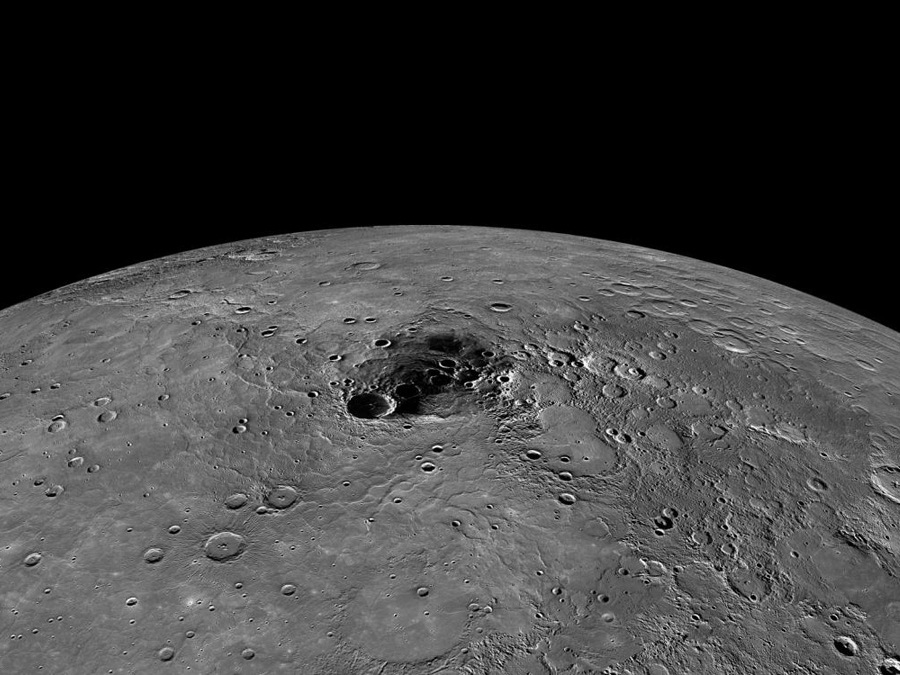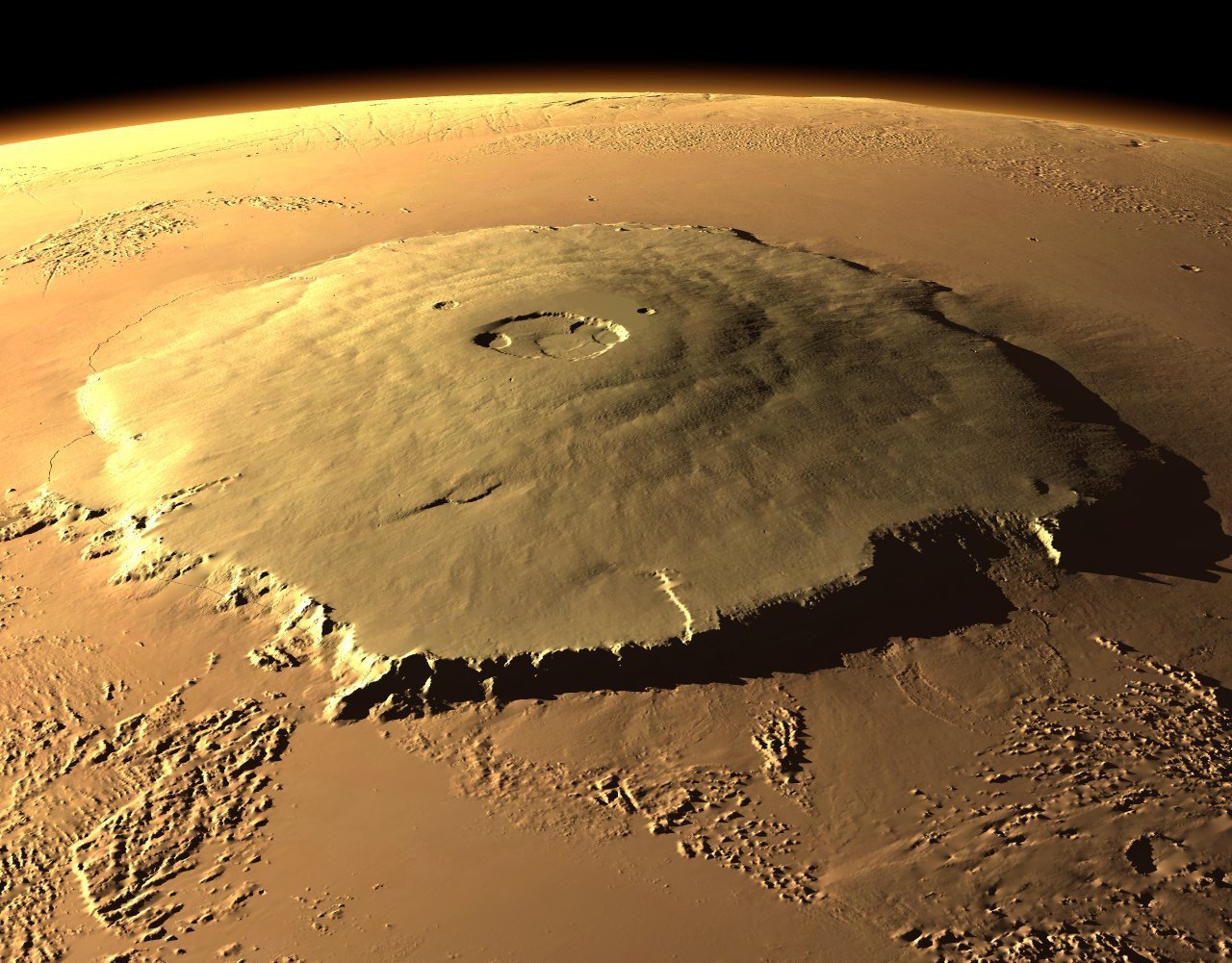Having a tough time deciding where to go on vacation? Do you want to go someplace with startling natural beauty that isn’t overrun with tourists? Do you want to go somewhere where you won’t need to take a passport or get vaccinations? If you look up in the night sky, you’ll see a few of these places. All you’ll need is a fast rocket and enough food, water, and air for the trip, which could take months or even years.
Europa
Europa is another of the Galilean satellites, but it is covered by ice. The surface is smooth with few impact craters, indicating that it is very young. In fact, the surface may be so young that resurfacing is currently happening on Europa. What is below the surface of ice is an interesting question. The ice is probably about 150 km (95 miles) thick, but below that may be an ocean of liquid water. Scientists have speculated that if such an ocean exists, it may harbor life with the heat energy coming from the tidal flexure of Europa. If the cracks seen in Europa’s surface are much thinner parts of the crust, it may be possible for a submarine probe to melt its way down through the ice and travel the hidden waters of the subsurface ocean.
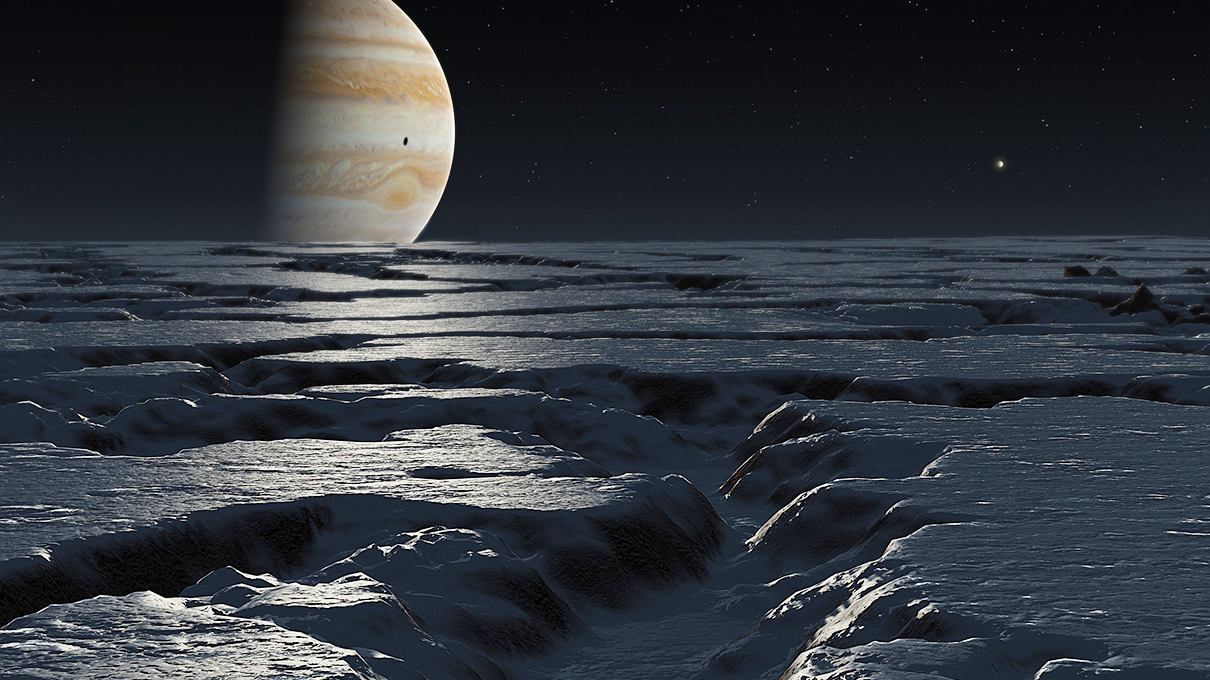
Valles Marineris, Mars
Arizona’s Grand Canyon is very impressive. It’s 450 km long and about 2 km deep. However, when set next to the Valles Marineris canyon system on Mars, it is a mere ditch. Discovered in 1971 by Mariner 9, Valles Marineris stretches 4,000 km across the planet. Typical canyons are 200 km across and have walls 2–5 km deep. The center of the canyon system is a depression 600 km across and 9 km deep. It has been speculated that Valles Marineris may be a fault system separating two continental plates. If so, Mars and Earth would be the only planets with surfaces shaped by plate tectonics.
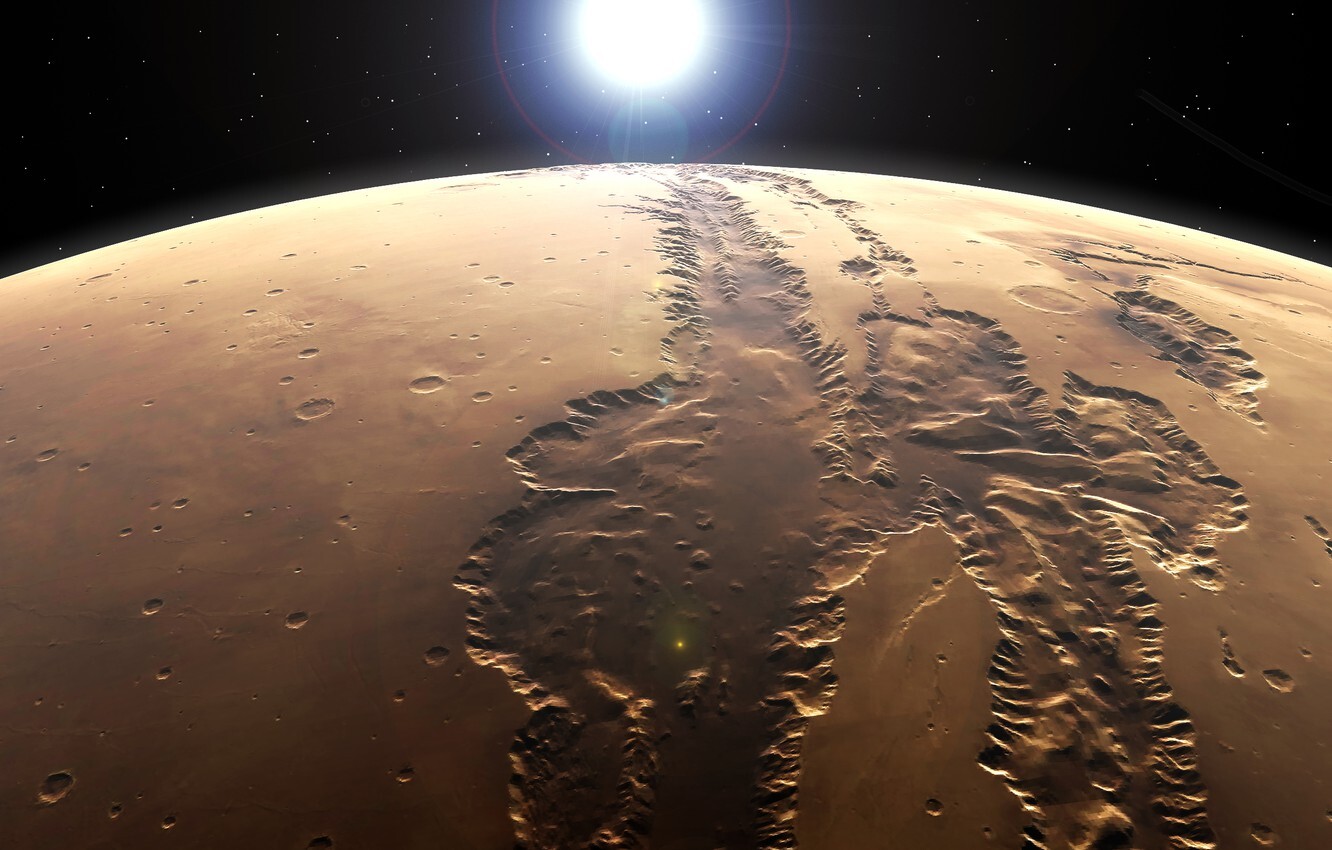
Saturn’s Rings
The rings of Saturn are one of the most distinct planetary features in the solar system. They have a diameter of 270,000 km (170,000 miles), but they are astonishingly thin, with a thickness of only 100 meters. The rings are made up of many particles of rock and dust and lie within what is known as the Roche limit, the radius within which a large moon would be torn apart by the great tides that Saturn would exert upon it. These tidal forces also prevent the particles in the rings from agglomerating into a larger body.

Olympus Mons, Mars
Olympus Mons is the largest volcano in the solar system. It is 700 km (435 miles across and rises 22 km (14 miles) above the surrounding Tharsis plain. The edge of Olympus Mons is a cliff 10 km (6 miles) high. From there it is a shallow slope to the central craters, which are 85 km (53 miles) across. The largest such volcano on Earth, Mauna Loa in Hawaii, is 120 km (75 miles) across and 9 km (6 miles) high, although much of it is hidden beneath the ocean floor.
South Polar Geysers, Enceladus
The brightest moon of Saturn, Enceladus, has a smooth, almost featureless surface covered with ice. However, at the south pole is the tiger stripe region, several ridges from which gigantic geysers spew water thousands of kilometers out into space and form one of Saturn’s rings. The geysers likely come from an ocean of liquid water underneath the ice. Where there is water and energy, there may be life.
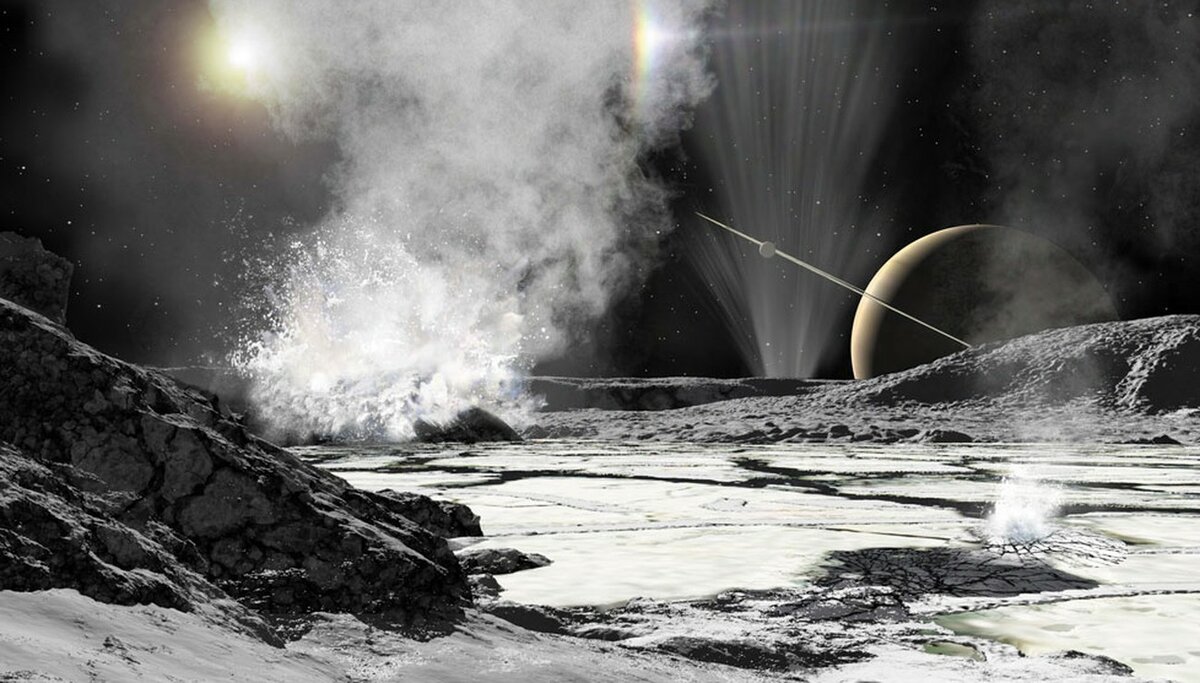
Apollo 11 landing site, Sea of Tranquility, Moon
The solar system isn’t all stark craters and majestic vistas; humanity has scattered its artifacts among the planets and interplanetary space. If you had to choose one such historical site to visit, make it the Apollo 11 landing site at the Moon’s Sea of Tranquility, where on July 20, 1969, Neil Armstrong and Buzz Aldrin became the first humans to set foot on another world. There you will see the lower part of the lunar module Eagle. But be careful where you step. Your footprints and those left by Armstrong and Aldrin will last for millions of years.
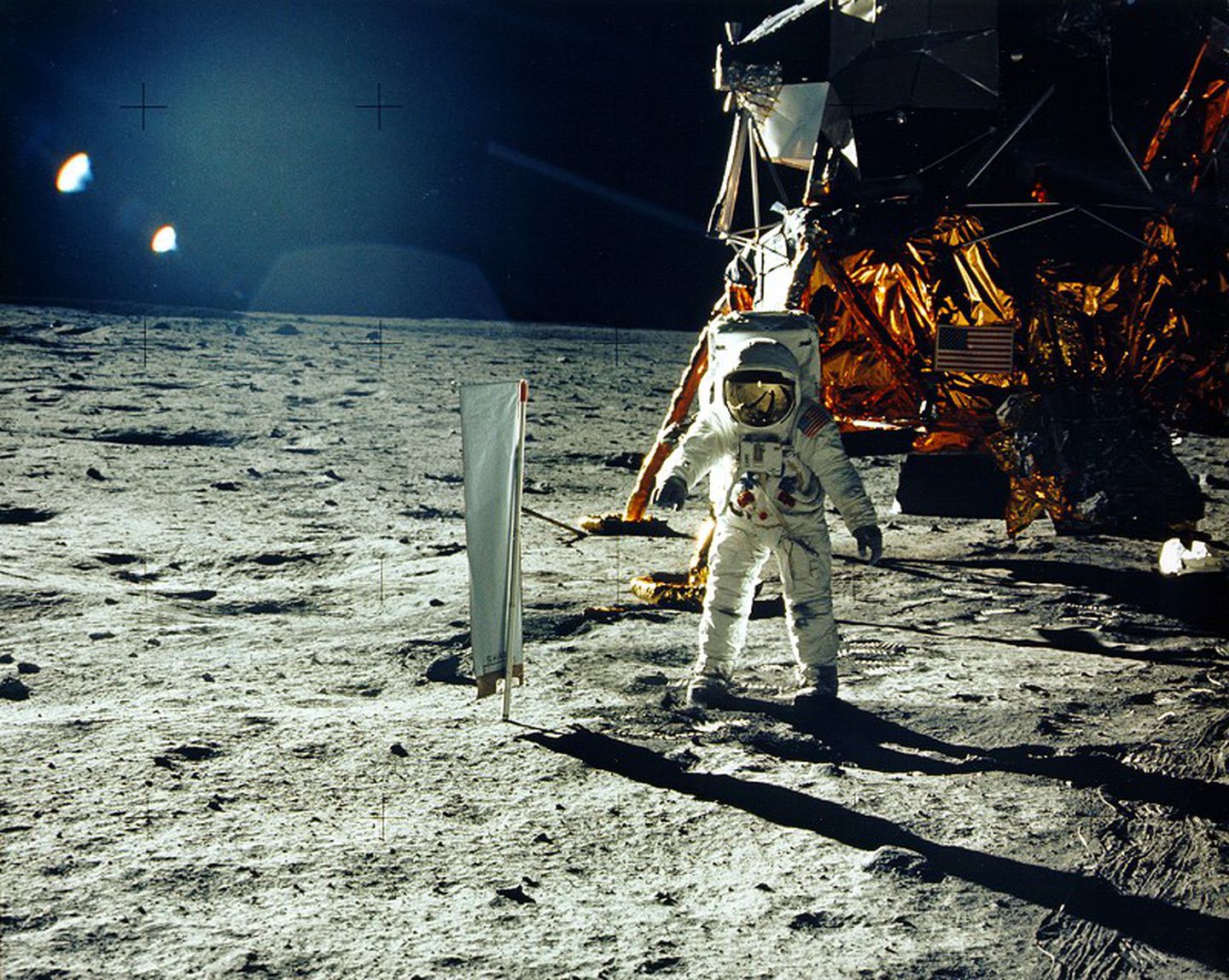
Caloris Basin, Mercury
About 4 billion years ago, the inner solar system was being cleared of the remaining debris left over from its formation. During this period, which is called the Late Heavy Bombardment, a large asteroid like those that created the “seas” on the Moon crashed into the planet Mercury and formed the Caloris Basin, one of the largest such features in the solar system with a diameter of 1,550 km (960 miles). The interior of the basin is filled with high ridges and deep fractures that radiate outward from the center.
